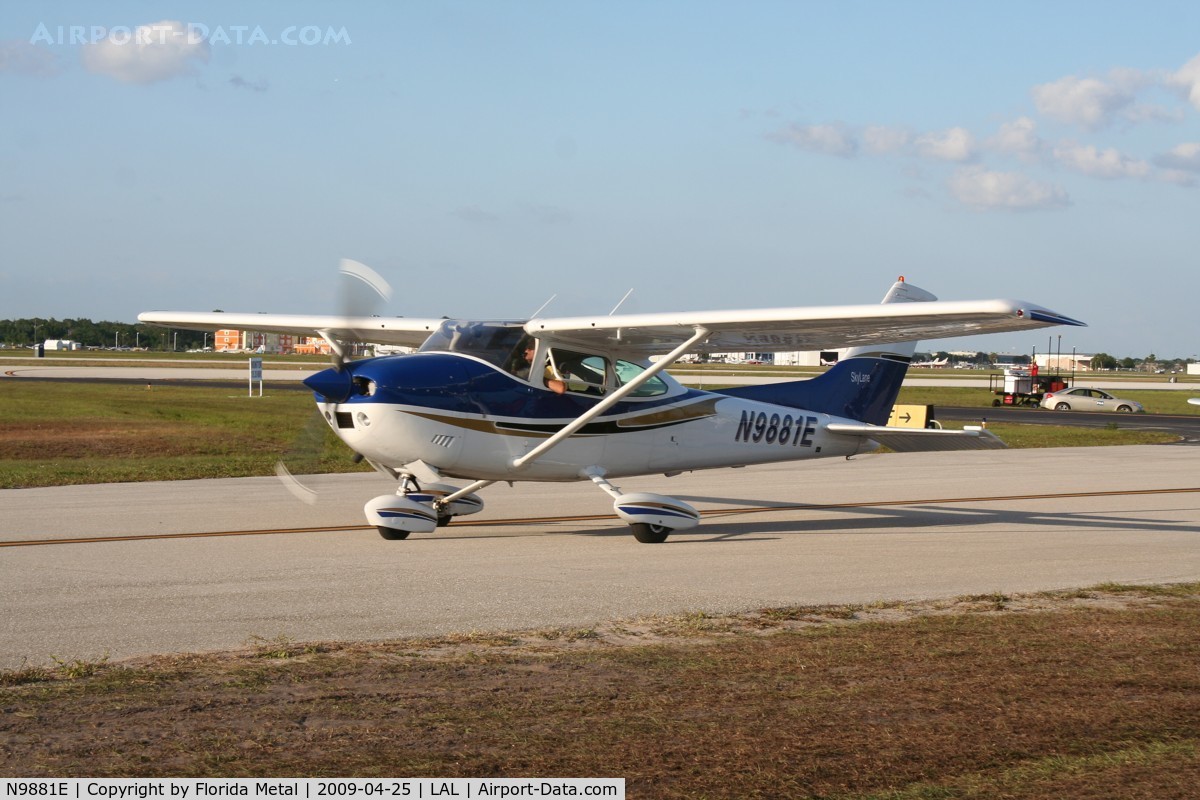Bonchie
Pattern Altitude
- Joined
- Mar 23, 2014
- Messages
- 1,505
- Display Name
Display name:
Bonchie
After the past few years of renting or being in non-equity clubs, I finally found a good airplane to buy into. It's set up like a club, but it's an equity ownership in reality. Wet rate is simply fuel + engine reserve and we each pay pretty cheap dues a month for fixed stuff and to add buffer to the account. There's 10 of us, but only 5 have flown in the past 6 months and it's basically always available so it's the best situation I could hope for. Cheapness of a big club, but the dispatch rate of being in a 2-3 person partnership. I won't give exact numbers, but there's a very large amount in the bank as well, so the risks for having to take assessments for unexpected maintenance is extremely low, if not non-existent (unless someone blows the engine up, but even then it's close).
Pretty excited to finally be able to take some longer trips. It's got a 430, dual glideslopes, etc. so it's a decent IFR bird. Nothing fancy, but all you need. Autopilot is old, but will nav trk at least. There's talk of upgrading it once they certify the Tru-Vision stuff.
Got my HP endorsement done yesterday. I know pilots are supposed pretend nothing surprises us, but I was surprised at how much of a hoss the plane is on takeoff. If you've never flown anything over 200hp (as I hadn't), it's a shock the first time you push the throttle in. Climbing at 1200 FPM on a cold day is also pretty cool compared to the Cherokees I used to fly.
When we did some stalls, it felt like you had to stand it on it's tail to do a power on stall, and even then it didn't want to drop a wing. I honestly don't know how it's possibly to accidentally power on stall this plane on takeoff. On a really, really hot day or at high density altitudes I could see it happening I guess.
Anyway, everyone else has their day in the sun thread on here, so this is mine. Looks like my first trip will be down to Baton Rouge next weekend for a concert at LSU someone gave me tickets to.
Pretty paint job but still has the ugly blue interior so many 182s came with back then. But it's in good shape at least.
Here's a picture of it from several years ago. I think this was at Oshkosh before the plane was bought for us, but it still looks the same

Pretty excited to finally be able to take some longer trips. It's got a 430, dual glideslopes, etc. so it's a decent IFR bird. Nothing fancy, but all you need. Autopilot is old, but will nav trk at least. There's talk of upgrading it once they certify the Tru-Vision stuff.
Got my HP endorsement done yesterday. I know pilots are supposed pretend nothing surprises us, but I was surprised at how much of a hoss the plane is on takeoff. If you've never flown anything over 200hp (as I hadn't), it's a shock the first time you push the throttle in. Climbing at 1200 FPM on a cold day is also pretty cool compared to the Cherokees I used to fly.
When we did some stalls, it felt like you had to stand it on it's tail to do a power on stall, and even then it didn't want to drop a wing. I honestly don't know how it's possibly to accidentally power on stall this plane on takeoff. On a really, really hot day or at high density altitudes I could see it happening I guess.
Anyway, everyone else has their day in the sun thread on here, so this is mine. Looks like my first trip will be down to Baton Rouge next weekend for a concert at LSU someone gave me tickets to.
Pretty paint job but still has the ugly blue interior so many 182s came with back then. But it's in good shape at least.
Here's a picture of it from several years ago. I think this was at Oshkosh before the plane was bought for us, but it still looks the same


